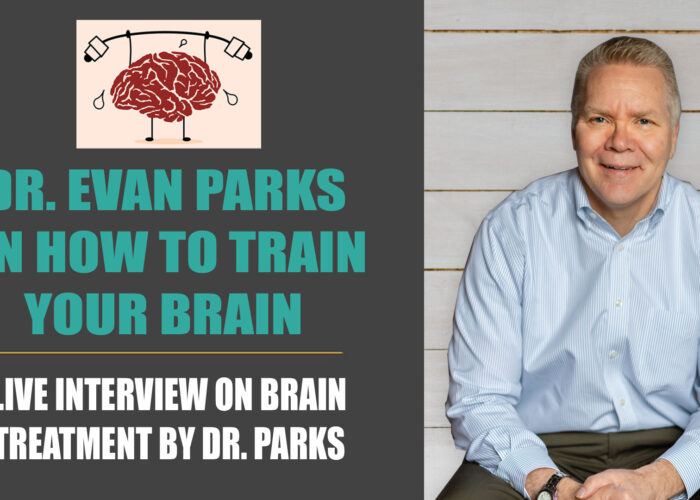By Dr. Evan Parks–Have you ever wondered why your chronic pain spreads from one area to another? Or why your pain changes from a dull ache to a sharp, stabbing sensation or starts to burn? Does even light touch or simple movement trigger pain? If this describes you, understanding how pain develops and why it spreads will help you manage your pain.
Not knowing the cause of pain will send people down a long road of frustration looking for answers in the wrong the places. For example, when a person begins to feel exhausted and sore for no identified reason, it is important to begin with medical tests for vitamin and mineral deficiency or thyroid dysfunction. While these tests will not likely reveal any problems, the tests make sure no basic health issues are causing the symptoms.
Chronic pain does not like to stay in one place. Some types of chronic pain spread from the muscles to the joints. Every morning becomes a battle to overcome stiffness and pain just to get dressed and start the day.
When pain moves from the muscles to the joints, most people will end up seeing an arthritis specialist. A rheumatologist will look for signs of osteoarthritis or rheumatoid arthritis but not find clear evidence for what is wrong.
What most pain sufferers do not know, and many doctors do not explain, is that there are three types of pain.
- The first type of pain is called acute or nociceptive pain. Nociceptive pain occurs when there is tissue damage or inflammation, like when you stub your toe. Nociceptive pain will usually pass as the body heals.
- The second type of pain is called neuropathic pain. With neuropathic pain, the nerve fibers running to and from the spine are damaged. Damage can come from diabetes or chemotherapy, or when nerves are blocked by pressure from a joint or disc. For example, low back pain may be caused by a disc pressing on a nerve.
- The third type of pain is centralized pain, also call nociplastic or nocipathic pain, which occurs when there is a problem with how the brain and spinal cord function. Centralized pain spreads from one area to another, and is often accompanied by fatigue, sleep problems, poor memory, and mood changes.
Many types of chronic pain are due to how the brain and spinal cord function. In about 25% of cases, acute pain (nociceptive pain) will turn into centralized pain. Neuropathic pain can also trigger the development of centralized pain. Once centralized pain begins, pain management needs to focus on changing how the brain and spinal cord function, which will require a completely different approach to pain management specific to centralized pain. Pain Rehab Source.com can be your guide to learning how chronic pain develops and what research suggests are ways to manage the pain effectively.




